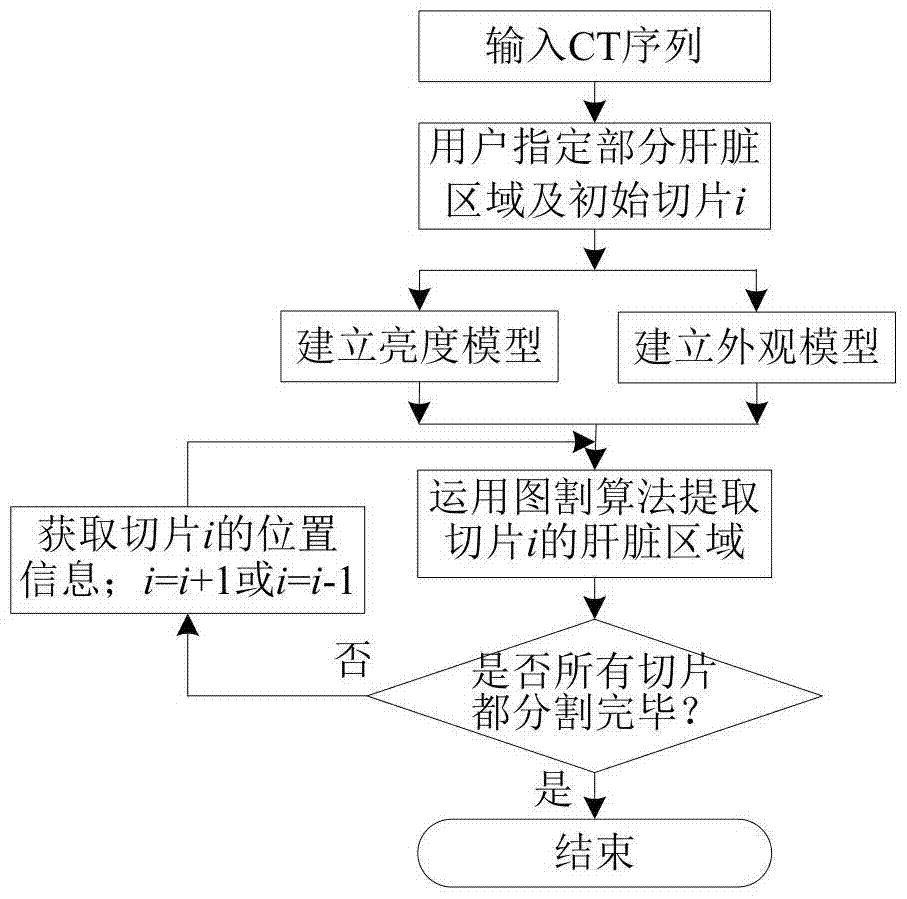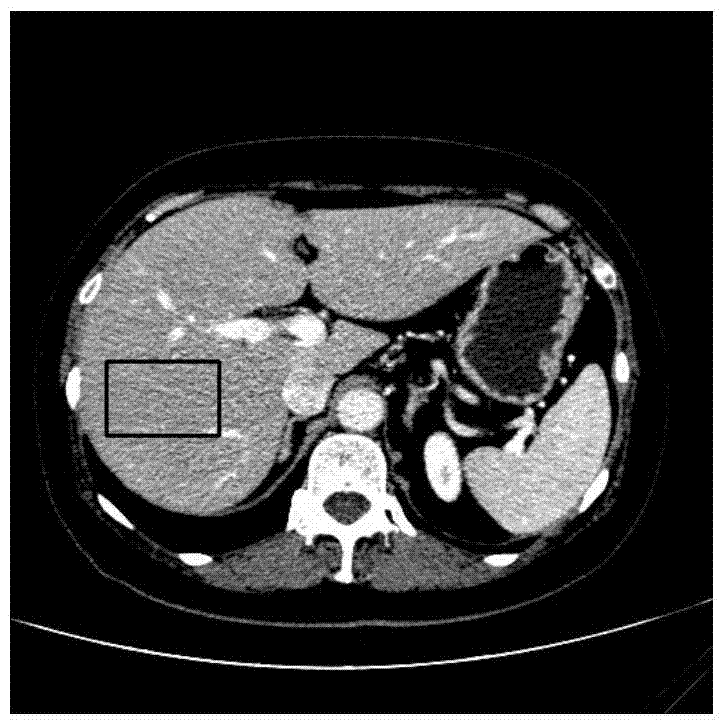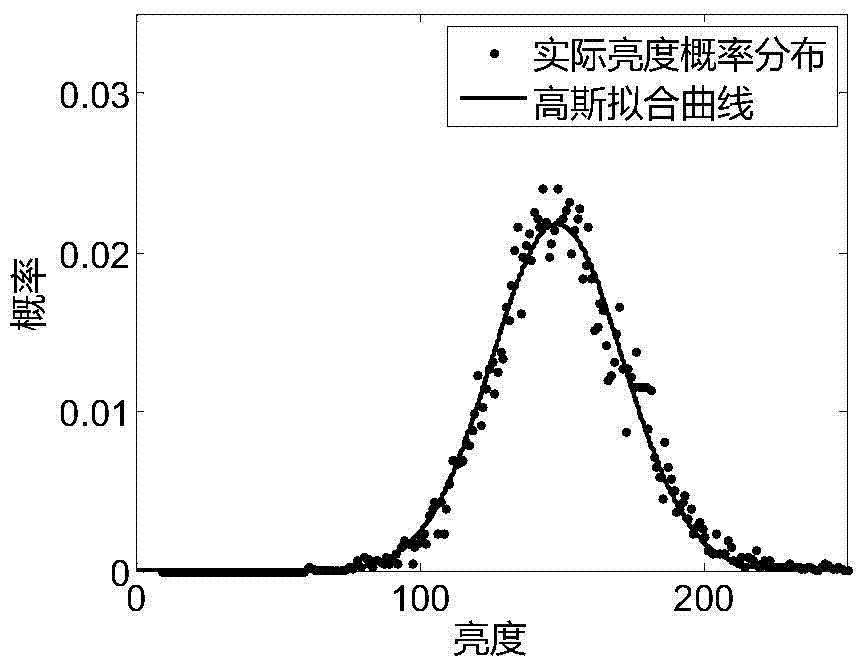A Fast and Robust Automatic Segmentation Method for Liver in Abdominal CT Sequence Images
A sequential image and automatic segmentation technology, applied in the field of image processing, can solve the problems of long time, poor segmentation effect, sensitive data initialization and registration, etc., and achieve the effect of suppressing complex background, fast segmentation and strong robustness.
- Summary
- Abstract
- Description
- Claims
- Application Information
AI Technical Summary
Problems solved by technology
Method used
Image
Examples
Embodiment 1
[0044] figure 1Shown is a flowchart of a method for robust automatic liver segmentation of abdominal CT sequence images according to an embodiment of the present invention. First, a part of the liver area is arbitrarily selected from the input CT sequence to establish a liver brightness model and an appearance model, and then the liver in the initial slice is segmented using the graph cut algorithm combined with the brightness and appearance model, and finally the initial segmentation slice is iteratively The starting point splits the liver of all other slices in the sequence up and down, respectively. In the iterative segmentation process, the liver position information of the previous segmentation result is integrated into the graph cut energy function of the current slice to increase the accuracy of the segmentation result. Until all slices are segmented, the program runs to the end, and the segmented results are output.
[0045] Combine below figure 1 , using a preferre...
Embodiment 2
[0080] The method of Example 1 is used to test 10 liver CT sequences provided by the XHCSU14 database, and five error indicators are used to evaluate the test results, including: volume overlap error (Volumetric Overlap Error, VOE), relative volume difference (RelativeVolumeDifference, RVD), average symmetrical surface distance (Average SymmetricSurfaceDistance, ASD), root mean square symmetrical surface distance (Root Mean Square SymmetricSurfaceDistance, RMSD), and maximum symmetrical surface distance (Maximum Symmetric SurfaceDistance, MSD).
[0081] The 10 test sequences of the XHCSU14 database are all derived from the Philipsbrilliance 64-slice multi-slice spiral CT machine provided by Xiangya Hospital of Central South University. mm. The segmentation results of the XHCSU14 database were evaluated using five error indicators: VOE, RVD, ASD, RMSD, and MSD. The results are shown in Table 1. It can be seen that for the CT sequences of 10 different patients, the mean value a...
PUM
 Login to View More
Login to View More Abstract
Description
Claims
Application Information
 Login to View More
Login to View More - R&D
- Intellectual Property
- Life Sciences
- Materials
- Tech Scout
- Unparalleled Data Quality
- Higher Quality Content
- 60% Fewer Hallucinations
Browse by: Latest US Patents, China's latest patents, Technical Efficacy Thesaurus, Application Domain, Technology Topic, Popular Technical Reports.
© 2025 PatSnap. All rights reserved.Legal|Privacy policy|Modern Slavery Act Transparency Statement|Sitemap|About US| Contact US: help@patsnap.com



